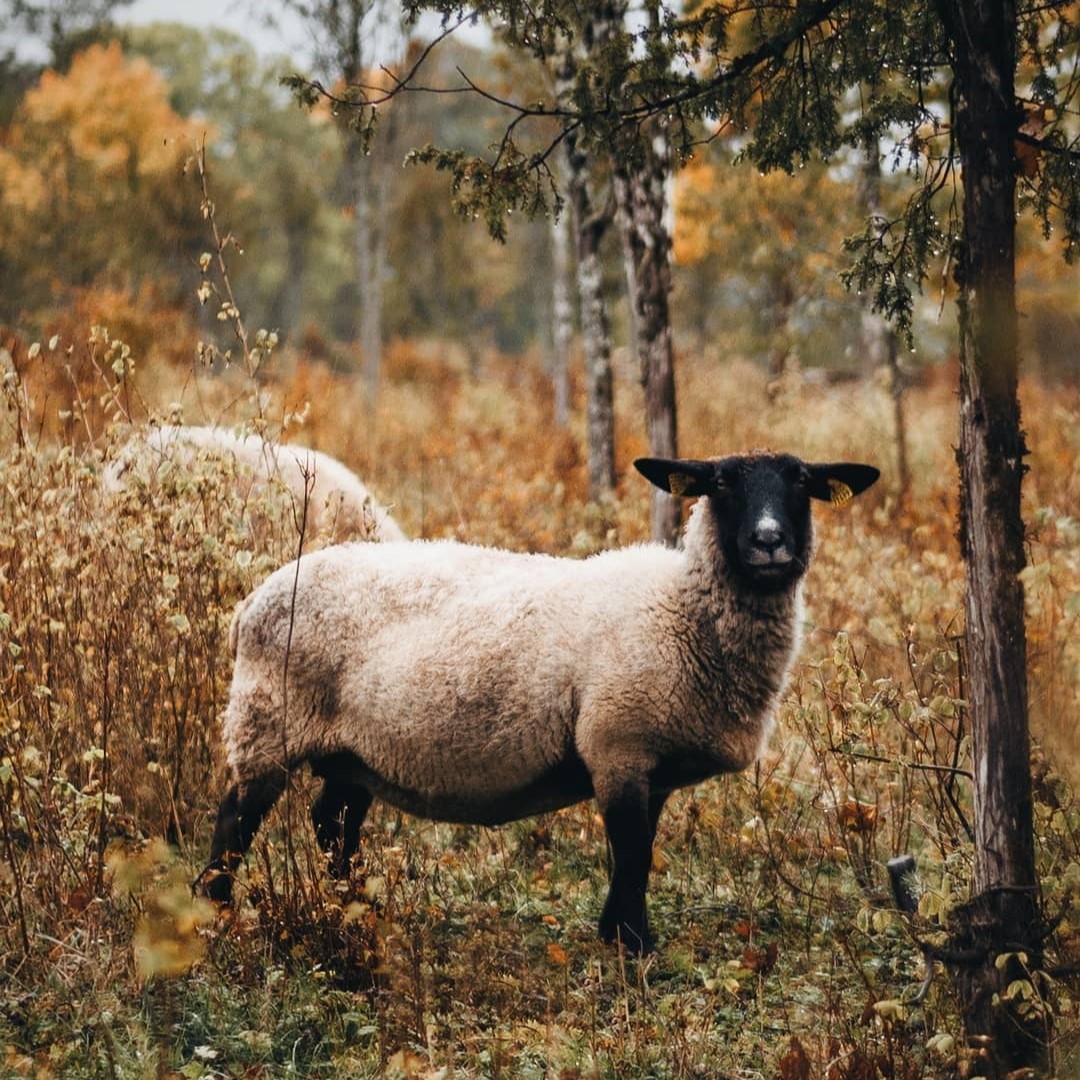Estonian and Norwegian Sheep Wool as a Textile Material
Properties and Possibilities for Use Based on the Example of the Wool of Six Sheep Breeds
DOI:
https://doi.org/10.7577/formakademisk.5450Emneord (Nøkkelord):
local sheep breeds, testing of wool properties, wool value chainSammendrag
In Estonia, up to 90% of local wool is not adequately valued, while in Norway, due to the well-functioning wool-buying and -sorting system, a large part of local wool is used purposefully. However, both countries have room for improvement in terms of the better usage of local wool. This article provides an overview of the Estonian-Norwegian wool research conducted in from 2020 to 2023 and its main results. During the study, wool was collected from three Estonian and three Norwegian sheep breeds, semi-worsted yarn was made from it, and knitted and woven fabrics were produced. Wool, yarn, and fabrics were tested in numerous ways. The paper presents the main test results and suggests how wools with a wide range of qualities can be used in innovative ways to create textiles. The smart use of materials is based on the possibilities offered by medium-sized production and knowledge about local wool.
Referanser
Alsborn, N. M. (2022). Meeting the material halfway: Exploring the material affordances in Norwegian Old Spæl Sheep spring wool using felting as technique. [Master’s Thesis University of South-Eastern Norway]. https://hdl.handle.net/11250/3028398
EVS-EN ISO 139:2005 Textiles - Standard atmospheres for conditioning and testing.
EVS-EN 12751:2000 Textiles - Sampling of fibres, yarns and fabrics for testing.
Haugronning, V., Broda, J., Espelien, I. S., Klepp, I. G., Kobiela-Mendrek, K., Rom, M., Sigaard, A. S., & Tobiasson, T. S. (2022). Upping the WOOLUME: Waste prevention based on optimal use of materials. In I. G. Klepp, T. S. Tobiasson (Eds.), Local, Slow and Sustainable Fashion. Wool as a Fabric for Change (pp 61–82). Palgrave Macmillan. https://doi.org/10.1007/978-3-030-88300-3_8
Johnson, N. A.G., Wood, E. J., Ingham, P. E., McNeil, S. J., & McFarlane, I. D. (2003). Wool as a technical fibre. The Journal of the Textile Institute, 94(3–4), 26–41. https://doi.org/10.1080/00405000308630626
Matsin, A., Tali, K., Kabun, K., & Kool, L. (2022). Ülevaade Eesti villamajandusest [Overview of Estonian wool industry]. Studia Vernacula 14, 206–223. https://doi.org/10.12697/sv.2022.14
Matsin, A., Beilmann, M., Espelien Blomli, M., Kaljus, A., Lehis, L., Svorkmo Espelien, I., Tuulik, D., & Wendelbo, E., (2023). From Wool to Fabric. Estonian and Norwegian sheep’s wool as a textile material. Production, properties and possibilities of use on the example of the wool of six sheep breeds. University of Tartu Viljandi Culture Academy. https://sisu.ut.ee/sites/default/files/eestivill/files/wool_to_fabric_a4_12_0.pdf
Norsk sau og geit [The Norwegian Association of Sheep and Goat Farmers]. (2022, September 12). www.nsg.no
Põllumajanduse Registrite ja Informatsiooni Amet [Agricultural Registers and Information Agency]. (2022, August 16). https://www.pria.ee/sites/default/files/aruanded/Lammaste ja kitsede statistika.xlsx

Nedlastinger
Publisert
Hvordan referere
Utgave
Seksjon
Lisens
Opphavsrett 2023 Ave Matsin, Merje Beilmann, Marte Espelien Blomli, Astri Kaljus, Liina Lehis, Ingvild Svorkmo Espelien, Diana Tuulik

Dette verket er lisensiert under Creative Commons Attribution-NoDerivatives 4.0 International License.
- Forfatteren(e) beholder sin opphavs- og kopieringsrett til eget manuskript, men gir tidsskriftet varig rett til 1) å fremføre manuskriptet for offentligheten i den opprinnelig publiserte digitale form, og 2) å registreres og siteres som første publisering av manuskriptet.
- Forfatteren må selv forvalte sine økonomiske kopieringsrettigheter overfor eventuell tredjepart.
- Tidsskriftet gir ingen økonomisk eller annen kompensasjon for innsendte bidrag, medmindre det er gjort særskilt avtale om dette med forfatteren(e).
- Tidsskriftet plikter å arkivere manuskriptet (inklusive metadata) i den opprinnelig publiserte digitale form, i minst ett dertil egnet åpent tilgjengelig langtidsarkiv for digitalt materiell, som for eksempel i de norske universitetenes institusjonsarkiv innen rammen av NORA-samarbeidet.
Verket vil bli publisert OpenAccess med en Creative Commons 4.0-lisens som tillater alle å lese, dele og tilpasse innholdet, også kommersielt, under lisensvilkårene:
Dette verket må tilskrives/ krediteres på riktig måte, en lenke må gis til CC-BY 4.0-lisensen, og endringer som er gjort må angis på en rimelig måte, men ikke på noen måte som antyder at lisensgiveren støtter deg eller din bruk.



